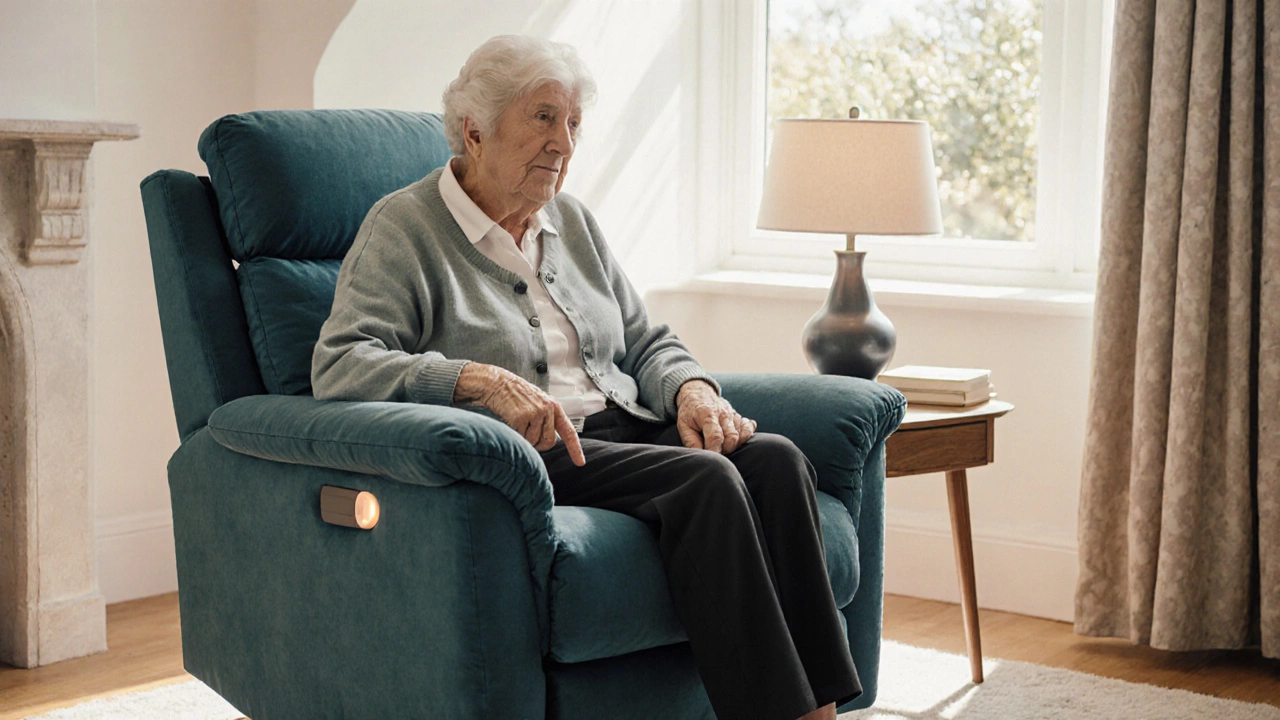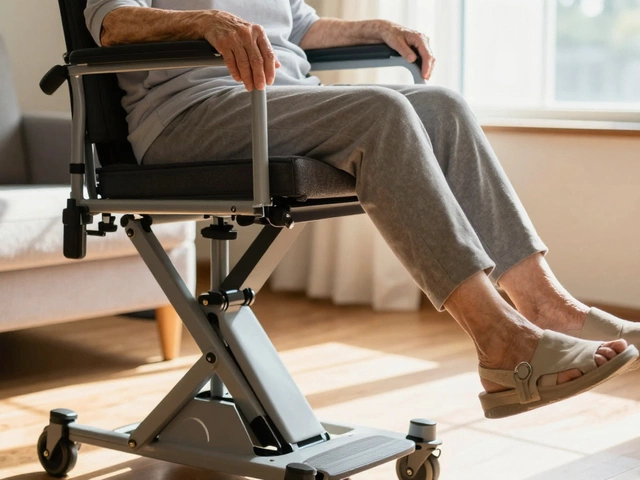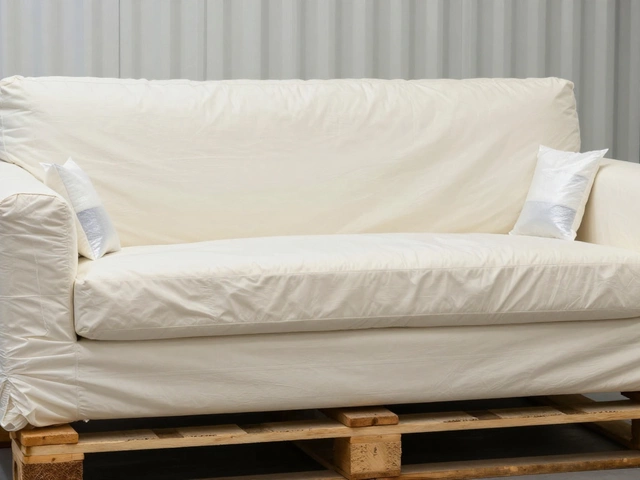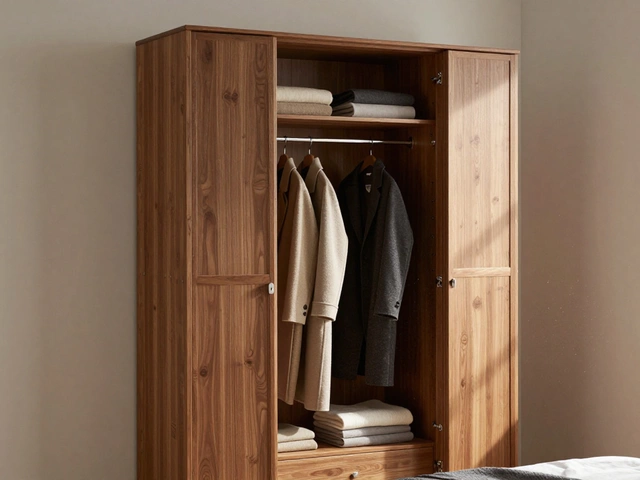Lift Chair – Comfort, Safety and Design Tips
When working with lift chair, a motorized seat that raises and lowers to help users sit and stand safely. Also known as powered recliner, it blends comfort with assist‑assist technology for seniors and mobility‑impaired people. A lift chair provides independence by eliminating the need for a caregiver to help with the sit‑to‑stand motion. It encompasses a built‑in motor, a sturdy frame, and a padded cushion that together create a reliable support system. Because the chair lifts vertically, it often replaces traditional recliners that only tilt backwards, so you get both a recline function and an assistive lift in one piece of furniture.
How Lift Chairs Relate to Other Home‑Fit Furniture
Understanding a lift chair is easier when you compare it to a recliner, a manually‑operated seat that leans back for relaxation. While a recliner focuses on leisure, a lift chair adds the crucial ability to raise the seat, turning leisure into accessible mobility. Both rely on comfortable upholstery, but the lift chair’s motorized mechanism requires a reliable power source and periodic maintenance, unlike the simple springs in a recliner.
Another related piece is the ergonomic chair, a workspace seat designed to support posture and reduce strain. Ergonomic chairs prioritize lumbar support and adjustable height, which mirrors the lift chair’s goal of proper alignment when standing. The key difference is that ergonomic chairs are intended for seated work, while lift chairs aim to assist the transition from sitting to standing. Both, however, share the attribute of adjustable positioning, a feature that makes them valuable in a home where comfort and health matter.
Because lift chairs are often placed in the bedroom, they intersect with bedroom furniture, items like beds, wardrobes and nightstands that shape a sleeping area. A well‑chosen lift chair can complement a bedroom’s layout, offering a supportive spot for reading or dressing without crowding the space. The chair’s dimensions and style should sync with the room’s overall design, and its motorized base may require a nearby outlet, influencing where you place other pieces.
Finally, storage considerations matter. A storage solution, shelving, cabinets or specialized containers that keep items organized can help keep the lift chair’s remote, spare batteries, and maintenance tools tidy. Good storage keeps the area clutter‑free, which is especially important for users who rely on the chair’s safe operation.
These connections form a web: the lift chair encompasses motorized mechanisms, requires reliable power, and influences bedroom layout; it relates to recliners through shared comfort, aligns with ergonomic chairs via adjustable positioning, and works hand‑in‑hand with bedroom furniture and storage solutions to create a safe, stylish environment.
Below you’ll find articles that break down each of these angles – from picking the right lift chair model to matching it with your existing bedroom furniture, from ergonomic tips to smart storage ideas. Dive in for practical advice that will help you turn a simple seat into a cornerstone of comfort and independence.
Senior Recliner Chair Explained: Features, Benefits, and Buying Guide
Learn what a senior recliner is, its key features, health benefits, how to pick the right model, and maintenance tips for lasting comfort.







